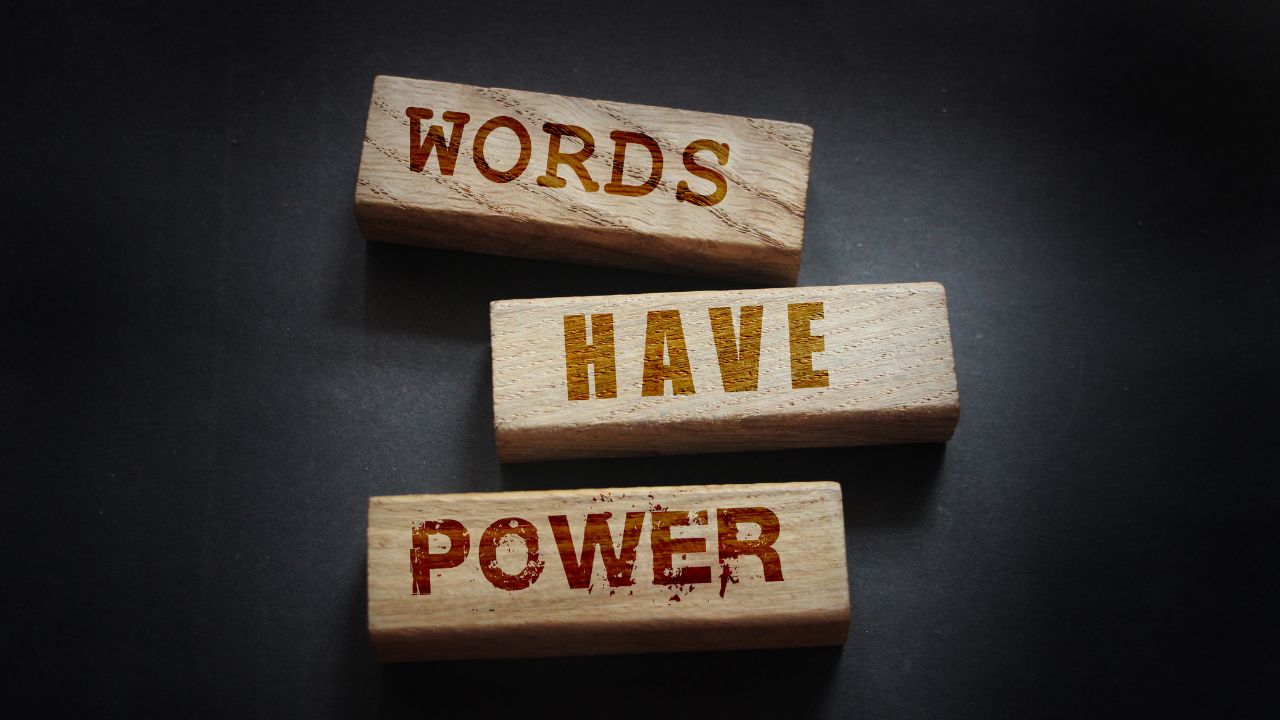This comprehensive guide will delve into the fascinating world of AI writing detectors, with a special focus on the “ai writing detector” approach, exploring their various types, how they work, their benefits, and the top tools available in 2023
The rise of AI-generated content has made it increasingly difficult to differentiate between human-written and machine-generated text. As AI writing tools become more sophisticated, the need to maintain content quality and integrity has never been more crucial. AI writing detectors, particularly those focused on “ai writing detector” technology, have emerged as a powerful solution to address this challenge, ensuring that the content we consume is authentic and maintains the standards we expect from human writers.
. We will also discuss the limitations and challenges of AI writing detectors, provide tips for choosing the right detector, and share some success stories of businesses and individuals who have successfully integrated “ai writing detector” solutions into their workflow.
Short Summary
- AI Writing Detectors are essential tools that leverage datasets and machine learning to detect AI-generated content.
- Different types of detectors exist, including content detectors, text detectors and plagiarism detectors.
- Case studies demonstrate the potential of these tools in maintaining academic integrity & upholding quality across industries.
Understanding AI Writing Detectors
AI writing detectors are essential tools that leverage a comprehensive dataset of information to determine whether a piece of text is composed by a human or generated by AI, making them indispensable for content detection. By automating the recurrent writing tasks and generating extensive volumes of content rapidly, AI writing detectors streamline time and resources, contributing to their growing importance in identifying content written by AI.
These detectors utilize sophisticated machine learning and natural language processing techniques to recognize patterns, thus evaluating and providing precise predictions regarding the authenticity of the text being either AI-generated or genuine.
However, it is important to note that their accuracy may vary depending on factors such as the quality of the text, language (currently limited to English), and the quantity of the text.
Types of AI Writing Detectors
AI writing detectors come in various forms, each designed to serve specific purposes and applications. In this section, we will explore the different types of AI writing detectors, including content detectors, text detectors, and plagiarism detectors.
We will learn how these detectors cater to unique content detection needs.
Content Detectors
AI content detectors are AI tools that employ artificial intelligence to detect content generated by AI writing tools, ensuring originality and authenticity. With the help of an AI detector tool, these detectors are equipped with features such as a feedback loop, a Human Content Score feature, a Chrome extension, an API, a browser, and a thermometer scale graphic, which help in providing accurate results in AI content detection and making the ai content detector work effectively.
However, AI content detectors are not without limitations. They may produce false positives, labeling human-generated content as AI-generated. Therefore, it is crucial to use AI content detectors in combination with other methods of detecting plagiarism to ensure the most accurate results.
Text Detectors
AI text detector tools focus on assessing whether a text is generated by an AI or a human writer. They operate by providing a confidence percentage, with a high confidence percentage suggesting the text is likely an AI generated text, while a low confidence percentage indicates a human author. For instance, Sapling has reported an accuracy of more than 97% for detecting AI-generated texts, with false positives below 3% on their internal benchmarks.
It is worth noting that AI text detector tools may produce false positives in certain cases, such as shorter texts, more general texts, and more essay-like texts. Despite these limitations, tools like the OpenAI Text Classifier are offered at no cost, making them accessible for a wide range of users.
Plagiarism Detectors
AI-powered plagiarism detectors are software tools designed to detect plagiarism in written content, ensuring the authenticity and originality of the content. These tools work by scanning the written material and comparing it to an archive of established sources. Should the content match any of the sources, the plagiarism detector will mark it as plagiarism.
Popular plagiarism detectors such as Grammarly, DupliChecker, and Turnitin are frequently utilized by students and professionals alike. By using plagiarism detectors, one can avoid potential legal issues and ensure that the content is of superior quality.
How AI Writing Detectors Work
AI writing detectors use natural language processing techniques and machine learning algorithms to analyze specific characteristics of the text, such as perplexity and burstiness, to identify patterns that are common in AI-generated content, ultimately distinguishing between human-written and machine-generated text. These detectors employ various machine learning algorithms, including supervised learning, unsupervised learning, and reinforcement learning, to classify text, detect patterns, and enhance their accuracy over time.
The training data used by AI writing detectors comprises human-written text, machine-generated text, and text from other sources. This data helps instruct the machine learning algorithms to accurately differentiate between human-written and machine-generated text.
However, AI writing detectors may produce false positives due to factors such as the quality of the training data or the complexity of the text.
Benefits of Using AI Writing Detectors
Employing AI writing detectors offers numerous advantages, such as bolstering trust by recognizing AI-generated content, guaranteeing originality and uniqueness, reducing reputational risks, maintaining writing quality, and saving time and effort in manual content review.
These detectors can also enhance writing quality by suggesting edits or alternative words based on the analyzed content. AI writing detectors can be used to identify low-quality content, verify that writers are completing their assigned tasks, and detect plagiarism. By utilizing AI writing detectors, one can uphold academic integrity, promote search engine optimization (SEO), and ensure content quality.
Top AI Writing Detector Tools in 2023
Originality.AI, an advanced AI writing platform, is widely recognized as one of the most effective AI writing detector tools available in 2023. Its real-time detection of AI-generated content and Chrome extension make it a powerful tool for maintaining content quality and integrity.
Although the exact cost of the most advanced AI writing detector tools in 2023 is not specified, it is important to consider the features and pricing of each tool when choosing the best one for your needs.
Other notable AI writing detector tools include GPTZero and Sapling, which also leverage AI technology to detect content generated by AI writing tools. By exploring these top AI writing detector tools, you can choose the one that best fits your unique content detection requirements and ensures the authenticity of your content.
Limitations and Challenges of AI Writing Detectors
AI writing detectors are not without their limitations and challenges. Their precision and reliability may fall short due to various factors, such as the quality of their training data or the complexity of the text. For instance, false positives and false negatives may occur, and the detectors may face difficulty in recognizing content generated by sophisticated AI models.
Moreover, AI writing detectors may encounter language barriers, as most are currently limited to English. It is crucial to be aware of the limitations and potential biases in the training data when using AI writing detectors and to consider the results as a guideline rather than an absolute truth.
Tips for Choosing the Right AI Writing Detector
Selecting the most suitable AI writing detector is essential to ensure the best possible results. As AI writing detectors can be classified into three main categories: content detectors, text detectors, and plagiarism detectors, it is important to choose the one that serves your specific needs and requirements.
When assessing the accuracy of an AI writing detector, consider the precision of its results, the rate of its processing, and the correctness of its output. Additionally, evaluate its capacity to detect various types of AI-generated content, such as text, images, audio, and video.
Lastly, take into account the usability of the detector, including its user interface, the presence of tutorials and assistance, and the option to tailor the detector to meet individual requirements.
Integrating AI Writing Detectors into Your Workflow
Effectively incorporating AI writing detectors into your content creation and editing processes is vital to ensure their maximum benefits. Start by identifying the appropriate software or tools that can be seamlessly integrated into your workflow.
Once the suitable tools are identified, integrate them at the appropriate junctures in your workflow to optimize their effectiveness. Additionally, take measures to ensure the accuracy and reliability of the detector, such as regularly updating the tools and keeping yourself informed about the latest advancements in AI writing detection technology.
Case Studies: Success Stories of AI Writing Detectors
AI writing detectors have proven their worth in various industries and sectors, ensuring content quality and maintaining integrity. For instance, the University of Kansas case study revealed that their AI detector had a 99% accuracy rate in detecting AI-generated content in academic papers. This success story demonstrates the potential of AI writing detectors in maintaining academic integrity and upholding the quality of scholarly work.
Another example of AI writing detectors’ impact is the comparison of different types of content in major AI detection tools, which examines which AI writers are capable of producing content of human-level quality. These success stories showcase how businesses and individuals can leverage AI writing detectors to improve content quality and uphold integrity.
Summary
Throughout this comprehensive guide, we have explored the world of AI writing detectors, their types, how they work, their benefits, and the top tools available in 2023. We have also discussed the limitations and challenges of AI writing detectors, provided tips for choosing the right detector, and shared some success stories of businesses and individuals who have successfully integrated AI writing detectors into their workflow.
As AI-generated content continues to proliferate, it is crucial to utilize AI writing detectors to maintain content quality and integrity. By understanding and leveraging these powerful tools, we can ensure that the content we consume remains authentic and adheres to the high standards we expect from human writers.
Frequently Asked Questions
Is there a way to detect AI writing?
Yes, there is a way to detect AI writing. GLTR offers the most effective visual way to check if portions of text have been written by AI, which can be done by simply pasting the text into the input box and analyzing it.
This allows users to detect AI-generated texts and ensure accuracy in their communications.
What is the best AI writing checker?
Winston AI is the best AI writing checker due to its high accuracy score and ability to detect GPT-4 texts. It is reliable, efficient, and straightforward, making it a great choice for any writing or editing task.
It is easy to use and can be integrated into any workflow. It can detect errors in grammar, spelling, punctuation, and style, as well as provide suggestions for improvement. It also offers a range of features.
What tool makes AI text undetectable?
Stealth Writer is an AI-based tool that helps users generate undetectable content. By using advanced algorithms and sophisticated paraphrasing techniques, the tool ensures that text generated is indistinguishable from human-written content and thus remains undetected by AI detectors.
The tool is designed to be easy to use and requires no prior knowledge of AI or coding. It can be used to generate content for a variety of purposes, including SEO.
Can Turnitin detect AI writing?
Yes, Turnitin can detect AI writing. Their AI writing detection model compares the submitted work to a database of sources and previously submitted work in order to identify 98% of AI writing. This indicator is included in the Similarity Report, helping educators maintain academic integrity while ensuring fairness for all students.
What are AI writing detectors?
AI writing detectors are sophisticated tools leveraging artificial intelligence to check the originality and authenticity of content. They detect AI-generated texts and can be used for a variety of purposes, from ensuring quality in school assignments to detecting plagiarism.
These tools are becoming increasingly popular as they provide a reliable way to check the originality of content. They can be used to detect plagiarism, identify AI-generated texts, and more.











